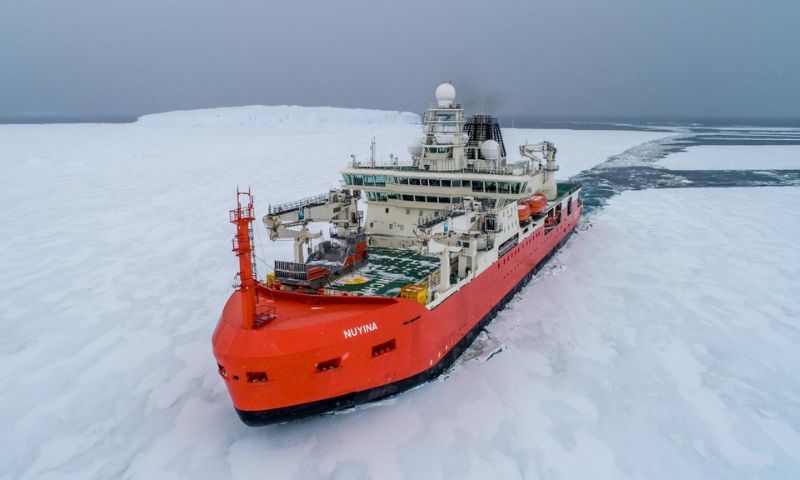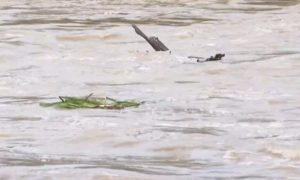LONDON: Australia has achieved a remarkable feat in the realm of remote and challenging rescue operations. In a recent operation, the country successfully evacuated a critically ill Antarctic researcher from a secluded outpost on the icy continent, highlighting the extraordinary lengths nations will go to ensure the safety and well-being of their expedition members.
The operation unfolded as a response to an urgent situation involving a researcher facing an undisclosed “developing medical condition.” Given the extreme conditions of Antarctica, where medical facilities are limited, and only a small group of individuals reside during the harsh winter, the need for swift and effective action was paramount.
The ambitious rescue mission called for a coordinated effort involving a specialized medical retrieval team, a massive icebreaker ship, and two helicopters. The primary objective was to transport the ailing researcher from the remote Casey research station to a location where specialized medical assessment and care could be provided.
The critical mission’s epicentre was the RSV Nuyina, Australia’s state-of-the-art icebreaker ship. This vessel embarked on an impressive journey spanning over 3,000 kilometres (approximately 1,860 miles) to reach the researcher’s location. On the penultimate day of the operation, the ship reached a proximity that allowed the deployment of two helicopters, each equipped with a medical retrieval team.
The successful retrieval of the researcher marked the completion of the first stage of the rescue operation. The next destination for the RSV Nuyina is Tasmania, where the researcher will receive specialized medical attention and care. The ship is anticipated to return to the city of Hobart in the coming week.
Robb Clifton of the Australian Antarctic Program (AAP) emphasized the importance of providing the necessary medical care, stating, “Getting this expedition back to Tasmania for the specialist medical care required is our priority.” The AAP has also been diligent in keeping the researcher’s family informed about the situation, providing them with reassurance during this challenging time.
This operation underscores the complexities of evacuating individuals from one of the most unforgiving environments on Earth. Antarctica’s extreme weather conditions, isolation, and lack of infrastructure make evacuations a challenging and costly endeavour. Often, such missions require collaboration with international partners to ensure their success.
In this particular case, air evacuation was not a viable option due to the impracticality of using the nearby Wilkins Aerodrome, which boasts an ice runway. Harsh winter conditions rendered the runway unusable, requiring weeks of preparation for operation. Instead, the decision was made to dispatch the icebreaker ship, a swifter and more feasible option given the circumstances.























